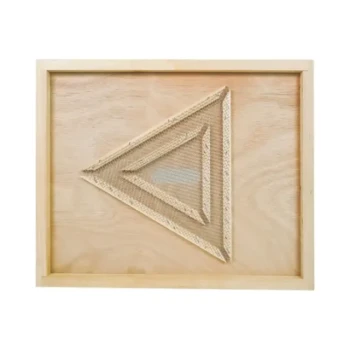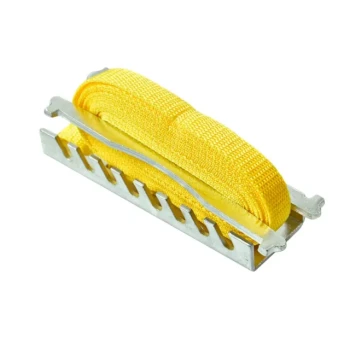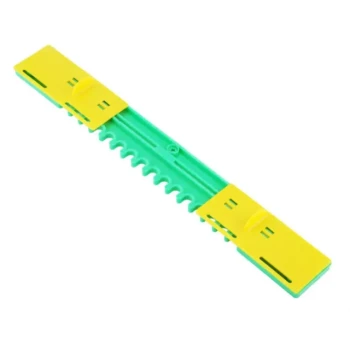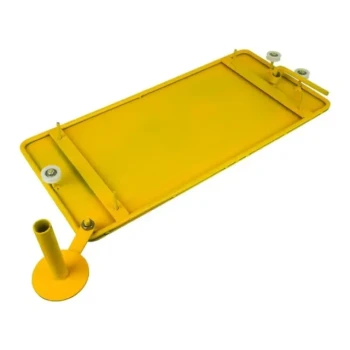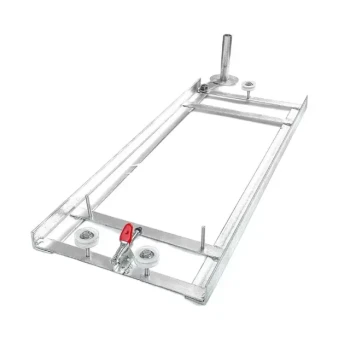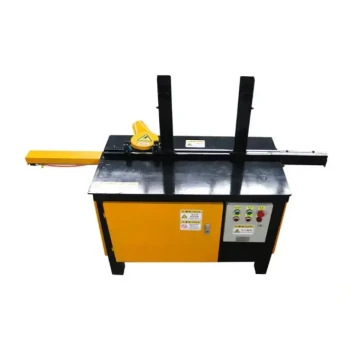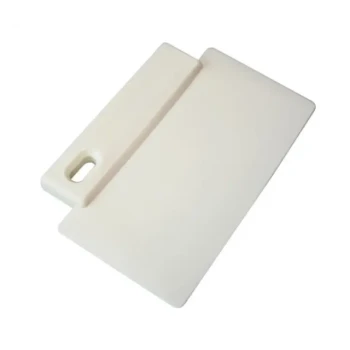In short, the bottom board is the foundation and front porch of the entire beehive. It serves as the physical floor of the hive structure, provides a single entrance and exit for the bees to come and go, and plays a critical role in the colony's defense, ventilation, and moisture control.
A bottom board is more than just a floor; it is a fundamental tool for managing the hive's internal environment. The choice between a solid or a screened bottom board is one of the first and most impactful decisions a beekeeper makes regarding pest control, temperature regulation, and moisture management.

The Foundational Roles of a Bottom Board
A bottom board may seem simple, but it serves several distinct and vital functions for the health and operation of the colony.
Providing Structural Integrity
The bottom board is the base upon which all other hive components—the hive bodies, supers, and covers—are stacked. It creates a stable, solid foundation for the entire structure.
For this reason, the bottom board must be placed on a firm, level surface that is raised off the ground. This elevation prevents wood rot, protects the colony from ground moisture, and discourages pests.
Creating the Hive Entrance
The bottom board forms the primary entrance and exit for the hive, acting as a takeoff and landing platform for all foraging bees.
A slight forward tilt of the entire hive is recommended. This simple adjustment ensures that any rainwater hitting the landing board drains away from the hive rather than pooling and seeping inside.
Aiding in Hive Defense
A single, defined entrance is much easier for guard bees to defend against threats like wasps, robbing bees from other colonies, and pests.
Most bottom boards are used with an entrance reducer. This is a small block of wood that can be inserted to shrink the size of the opening. A smaller entrance is crucial for new or weak colonies that have fewer bees to mount a defense, and it is also standard practice during winter to keep out cold drafts and pests like mice.
The Critical Choice: Solid vs. Screened
The most significant variation in bottom boards is the choice between a solid wood floor or a screened (or mesh) floor. This decision directly impacts how you manage the hive.
The Case for Solid Bottom Boards
A solid bottom board is the traditional design, made from a single piece of wood. It is simple and effective.
Its main advantage is heat retention. By preventing drafts, a solid board can help the colony build up its population more quickly in the early spring. They are also typically less expensive to build or purchase.
The Case for Screened Bottom Boards
A screened bottom board (or integrated pest management board) replaces the solid wood floor with a durable wire screen.
This design dramatically improves ventilation, which helps keep the hive cool during hot summers and, more importantly, reduces moisture condensation during cold winters. A dry hive is a healthy hive in winter.
The screen also allows debris, such as wax cappings and dead bees, to fall out of the hive, keeping the colony cleaner. Most significantly, it aids in the control of Varroa mites, a devastating beehive pest.
Understanding the Trade-offs and Best Practices
Choosing a bottom board isn't just about preference; it's about understanding the consequences and managing them effectively.
Pest Control Realities
Screened bottom boards are a key tool in fighting Varroa mites. When mites fall off a bee, they can drop through the screen and out of the hive, unable to climb back in.
Studies suggest this can reduce mite populations by up to 20%. However, it is not a complete treatment. A screened bottom board must be used as part of a larger integrated pest management strategy that includes other mite treatments.
Managing Moisture and Durability
Whether solid or screened, a bottom board's lifespan depends on keeping it dry. Elevating the hive on a stand is non-negotiable for preventing moisture from wicking up from the ground and accelerating rot.
The forward tilt is equally important for shedding rainwater, preventing it from becoming a source of internal humidity and stress for the colony.
Making the Right Choice for Your Goal
Your choice of bottom board should align with your climate and your primary beekeeping objectives.
- If your primary focus is cost-effectiveness and maximizing early spring buildup: A solid bottom board is a viable option, especially in colder climates where heat retention is a priority.
- If your primary focus is pest management and summer ventilation: A screened bottom board is the superior choice for integrated mite control and preventing the colony from overheating.
- If you live in a very humid or wet climate: A screened bottom board is almost always recommended for its excellent moisture control, which is critical for winter survival.
Ultimately, selecting the right bottom board is your first step in proactively managing the health and stability of your colony.
Summary Table:
| Function | Solid Bottom Board | Screened Bottom Board |
|---|---|---|
| Heat Retention | Excellent for early spring buildup | Less effective due to ventilation |
| Ventilation & Moisture Control | Limited; risk of condensation | Excellent; ideal for humid climates |
| Pest Control (Varroa Mites) | Not a primary function | Key tool for Integrated Pest Management (IPM) |
| Durability & Cost | Simple, traditional, often less expensive | Requires a firm, level stand; effective for hive health |
Equip your apiary with the right foundation for success.
At HONESTBEE, we supply commercial apiaries and beekeeping equipment distributors with durable, high-performance bottom boards—both solid and screened—designed for optimal hive health and management.
Let us help you build a stronger, healthier operation from the ground up. Contact our wholesale team today to discuss your needs and request a quote.
Visual Guide
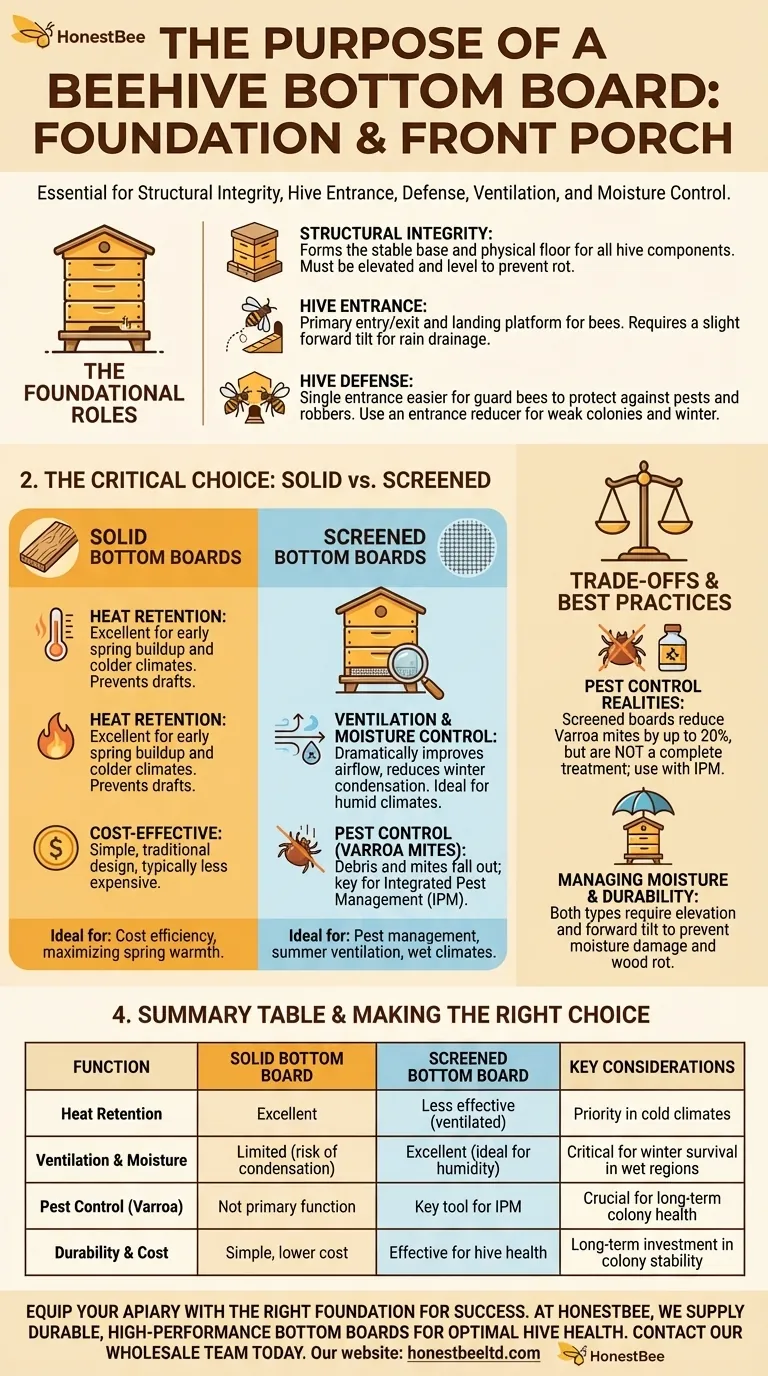
Related Products
- Langstroth Screen Bottom Board for Beekeeping Wholesale
- Australian Pine Wood Langstroth Screen Bottom Board for Wholesale
- HONESTBEE Wooden Bee Escape Board with Triangle Mesh Design for Beekeeping
- Professional Galvanized Hive Strap with Secure Locking Buckle for Beekeeping
- Multi-Functional Sliding Hive Entrance for Beekeeping
People Also Ask
- How should the screened bottom board be used throughout the year? A Guide for Healthy Hives
- What are the benefits of using a screened bottom board for beehives? Improve Ventilation & Mite Control
- What are the advantages of a screened bottom board? Boost Hive Health with Superior Ventilation & Pest Control
- What are the benefits of a screened bottom board? Boost Hive Health & Control Varroa Mites
- What are the benefits of using a screened bottom board in warm or humid climates? Boost Hive Health & Control Pests


